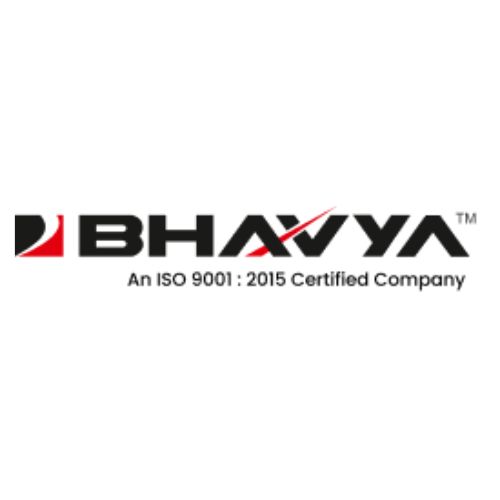Category Archives: Vertical Milling Machine

Vertical Turret Milling Machine in Oman: Precision Engineering for Versatile Applications
Introduction Milling machines play a crucial role in the world of precision engineering, where accuracy and efficiency are key to success. One such versatile tool is the vertical turret milling machine, designed for reshaping metal and solid materials with precision.…

Choosing a Vertical Machining Center
Choosing a vertical machining center (VMC) is an important decision for any business, and it is important to do your homework to make sure that you make the best choice for your needs. The type of machine tool you select…

Benefits of a Vertical Milling Machine
A Vertical Milling Machine is used to create precision cuts on metal parts. Its versatility is unmatched, and its fast turnaround time makes it ideal for everyday jobs. The benefits of a vertical milling machine are also extensive, making it…

CNC Programming Commanded Vertical Milling Machine
A vertical milling machine is a very important machining tool that has become very popular over the last ten years or so. This type of machine can do some very precise and intricate tasks, which makes them very desirable to…

Industrial Milling Machine – Useful Tips While Selecting the Best
Milling machine is used in industries dealing in wood, metal, plastic etc. Solid hard materials can be formed into shapes of desire. With the advanced technology there is a great improvement in the working. Today they work much faster than…

Know the Important Safe Guards while Operating Milling Machine
A milling machine includes a cutter that functions at a high speed. Hence, it can harm the user if not operated properly. Moreover, the milled material may cause serious injuries, because the metal chip is very sharp. Further the metal…

An Overview of CNC Milling Machine
The milling machine is a versatile tool that is utilized for machining solid materials. It can perform various simple as well as complicated operations, such as slot and keyway cutting, planing, drilling, contouring, diesinking, etc. They are mainly classified in two basic configurations namely vertical and…

Types of Milling Machines and Selection Guide for Workshop
A milling machine is a versatile tool that is widely used in the metal industry for performing several tasks such as milling, cutting, threading, carving, drilling, planing, contouring, die-sinking, etc. These milling tool have a cutter that can move at…

Reasons to Use Milling Machine for Shaping Metals
A milling machine is a tool that is basically used to shape or cut solid metals by removing the excess material in order to form a finished product. These are mostly utilized in the metalworking industry to perform a wide…





